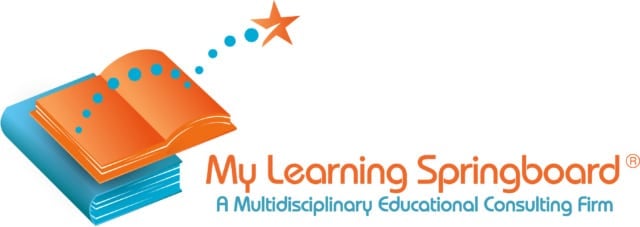
Based on families’ feedback, there seems to be variability across schools and between schools. One concern we’ve continued to hear— from teachers and families — is that poor wifi strength creates instructional disruptions; and digital tools require patience and troubleshooting, which can be difficult for many students to manage independently. To that end, it’s important to think strategically about both your physical and digital workstations as we’ll continue to make use of these tools in the coming months and years. Faya and I have been working from home for over 12 years now, so we know it takes a lot of careful planning and investment. To the extent you’re able to optimize your own physical and digital workstation, and your child’s own physical digital workstation, it stands to make distance learning and working remotely a more joyous, productive, and positive experience.
To help, we’ve put together the following “Think Abouts” for organizing your physical and digital workspaces:
Your Physical and Digital Workstation
- Do you and your child each have separate physical and digital workstations?
- Does your child have an ample supply of writing tools, including pencils, pens, highlighters, markers, or crayons as appropriate? Are these well organized at your child’s workstation in order to minimize lost time and disruptions?
- Would your child benefit from either a small white board and/or larger white board for managing goals, to-do items, sub-tasking larger assignments, or planning?
- Do you have tools to support time management, including various types of timers or a big, non-ticking analog clock with a glass face on which students can write with dry erase markers to actively “mark up” their intended timing?
- Is there a visual and/or auditory barrier to help mitigate disruptions?
- Do you have sufficient lighting?
- Would your student benefit from a standing desk or balance board?
- Where is the printer? Who accesses it? How frequently? If your child likes to print things, are you stocked up on paper and toner?
- If you or your child only works on a laptop or an iPad, might you benefit from upgrading to a larger monitor (or two)? When doing a lot of research across multiple sources or documents, or using a number of applications simultaneously, it can be easier to stay organized on a larger and/or multiple screens. A larger monitor also allows for enlarged text, which can make reading, editing, or revising easier.
- Do you and/or your child have a writing tablet with a stylus?
- Do you and/or your child have a small document camera (which can also serve as a webcam)?
- Would your child or family benefit from a small, high-speed scanner?
- Would your elementary or middle school child benefit from a small math center stocked with concrete manipulatives, such as base ten blocks, fraction towers, a yard stick, a geared clock, a geoboard, or geometry solids?
- Do you have a small home library of picture books or chapter books in print?
Digital Platforms and Related Skills
- Do you or your child know how to use digital white boarding?
- Do you or your child know more than one way to manage screen sharing?
- Do you or your child know more than one way to connect by video conference? Have you or your child practiced extensively with each of these platforms, including Zoom, Google Hangouts, Skype, or FaceTime.
- Do you or your child have familiarity with Google Classroom?
- Do you or your child know how to manage Google Drive in order to create shared folders and facilitate collaborative writing? Does this management include creating folders and managing documents so that they’re organized and searchable in effective ways?
- Is your phone a hotspot? Do you know how to use it? This contingency planning is important in the event that Spectrum — or whomever your internet service provider (ISP) is — experiences an interruption.
Wifi Troubleshooting Tips
- Wifi strength depends on a number of factors, including the incoming signal strength, the modem device, the router device, distance from the router and overall square footage, and the building materials.
- When was the last time you restarted both your modem and your router as regular maintenance? As a simple first step, try unplugging each device, restarting the modem first, and then restarting the router in order to resolve any performance issues.
- How old is your router? How many square feet is it covering? The new mesh routers are really good. We just installed a Netgear Orbi — there are several versions available, including the newest which supports wifi6 (although that speed and expense isn’t necessary) — and the setup was pretty quick and painless. The improved performance is notable and it resolved dead spots for us right away. Moreover, there are easy to use parent controls built into the mobile app, which allows parents to turn off specific devices from accessing wifi.
- Could your child’s laptop or desktop be hard wired to the router rather than relying on wifi? If the laptop doesn’t allow for this connection, selecting a larger monitor to which it could connect might then allow for this option.
We know that optimizing a physical and digital workstation — or dealing with digital infrastructure — is a lot to manage. At the same time, it’s a concrete step that can help to improve the instructional experience and restore a certain level or order while directly building executive function and new digital skills.
If you have questions, concerns, or ideas, we’d be happy to listen, help, and troubleshoot with you as needed. Our digital coaching can be differentiated for students of all ages, including adults! Please don’t hesitate to reach out!
By Brad Hoffman, M.S.Ed.Board Certified Educational Planner and Learning Specialist
My Learning Springboard, Inc.

